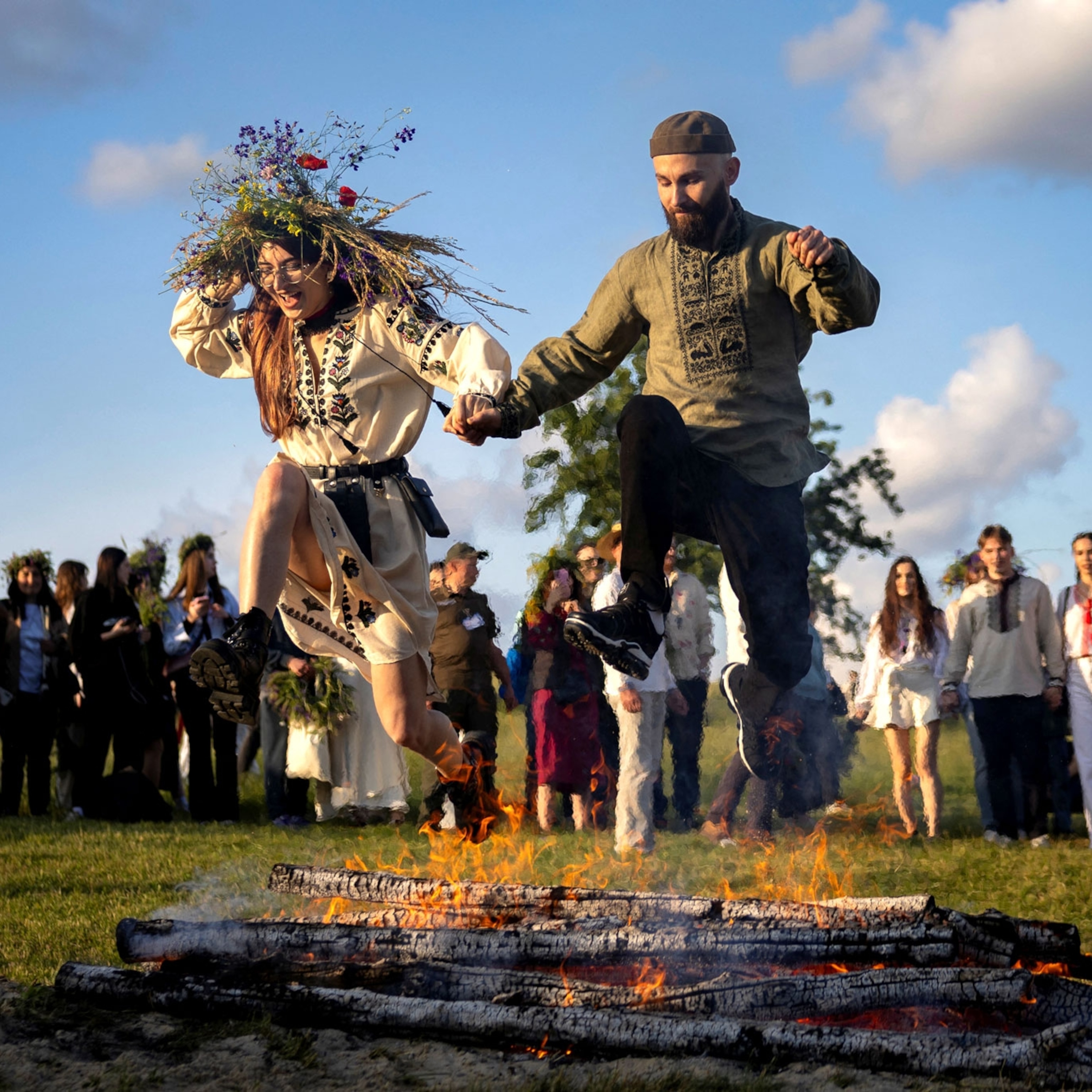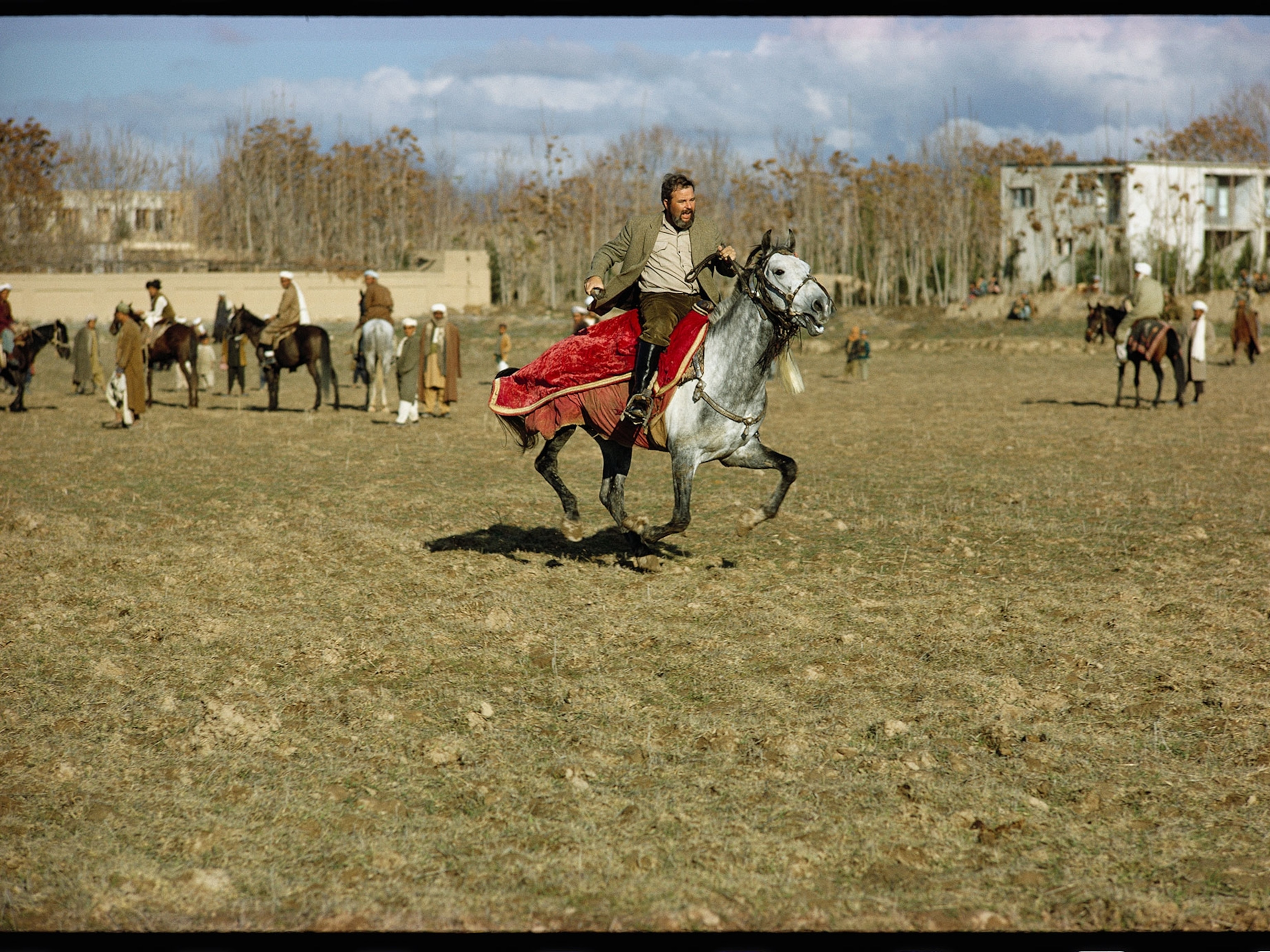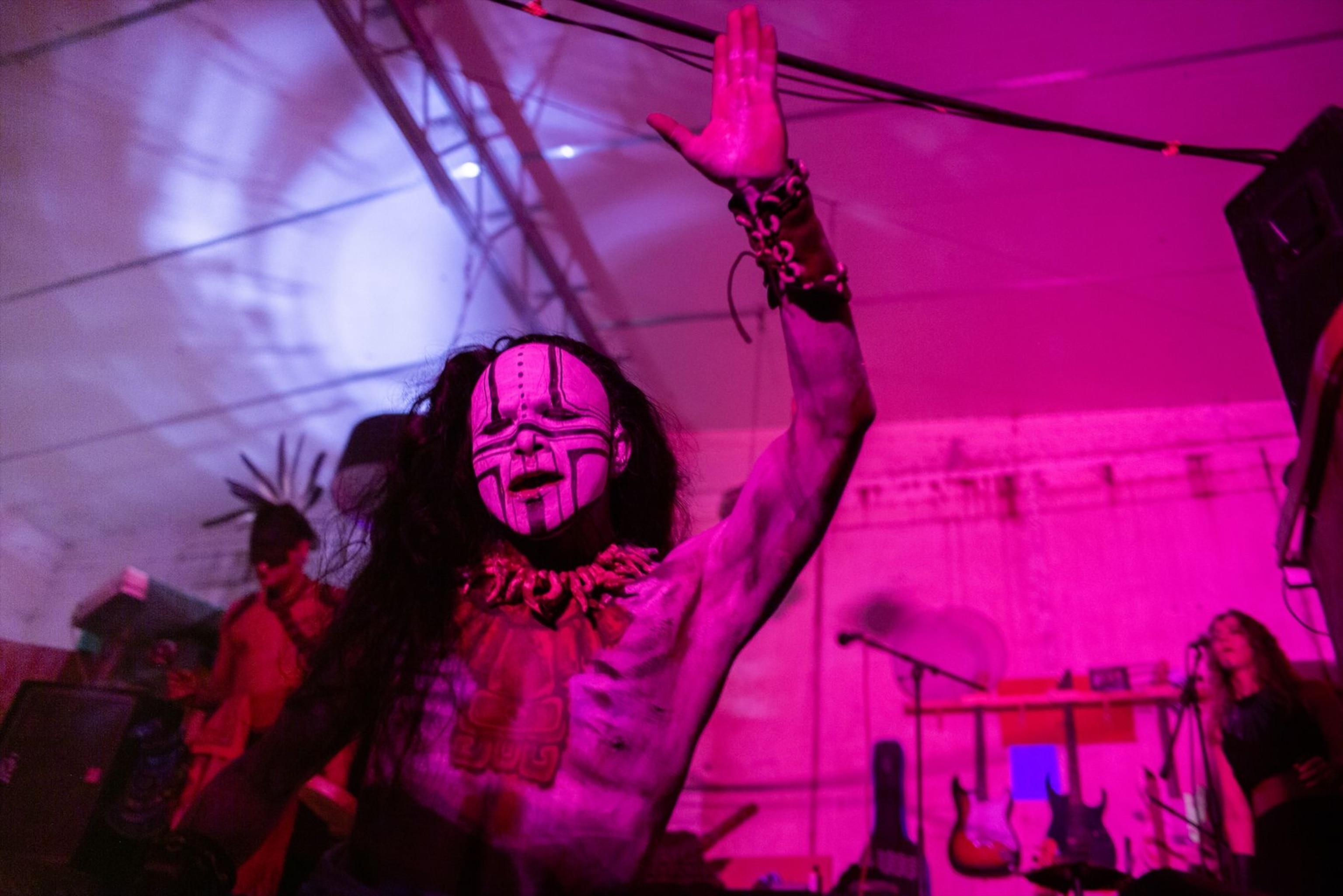
Inside London’s underground mystical scene
A photographer explored traditional rituals and ceremonies from around the world quietly taking place between the streets of the British capital. Here’s what she found.
In 2019 Valeria Luongo met a Mexican tattoo artist and traditional healer named Huitzomitl. He had been officiating over traditional spiritual ceremonies held across London, so some people had taken to calling him a shaman; Huitzomitl didn’t like the word. He said the meaning of ‘shaman,’ originally a Russian term, had been diffused in popular culture to mean nothing particularly specific—and was instead used by people because it was an easy fit. Instead, Huitzomitl described himself a ‘space holder,’ a facilitator for those who wanted to have a spiritual experience amidst the thrum of one Europe’s biggest cities.
(Related: Ancient hallucinogens found inside 1,000 year-old shamanic pouch.)
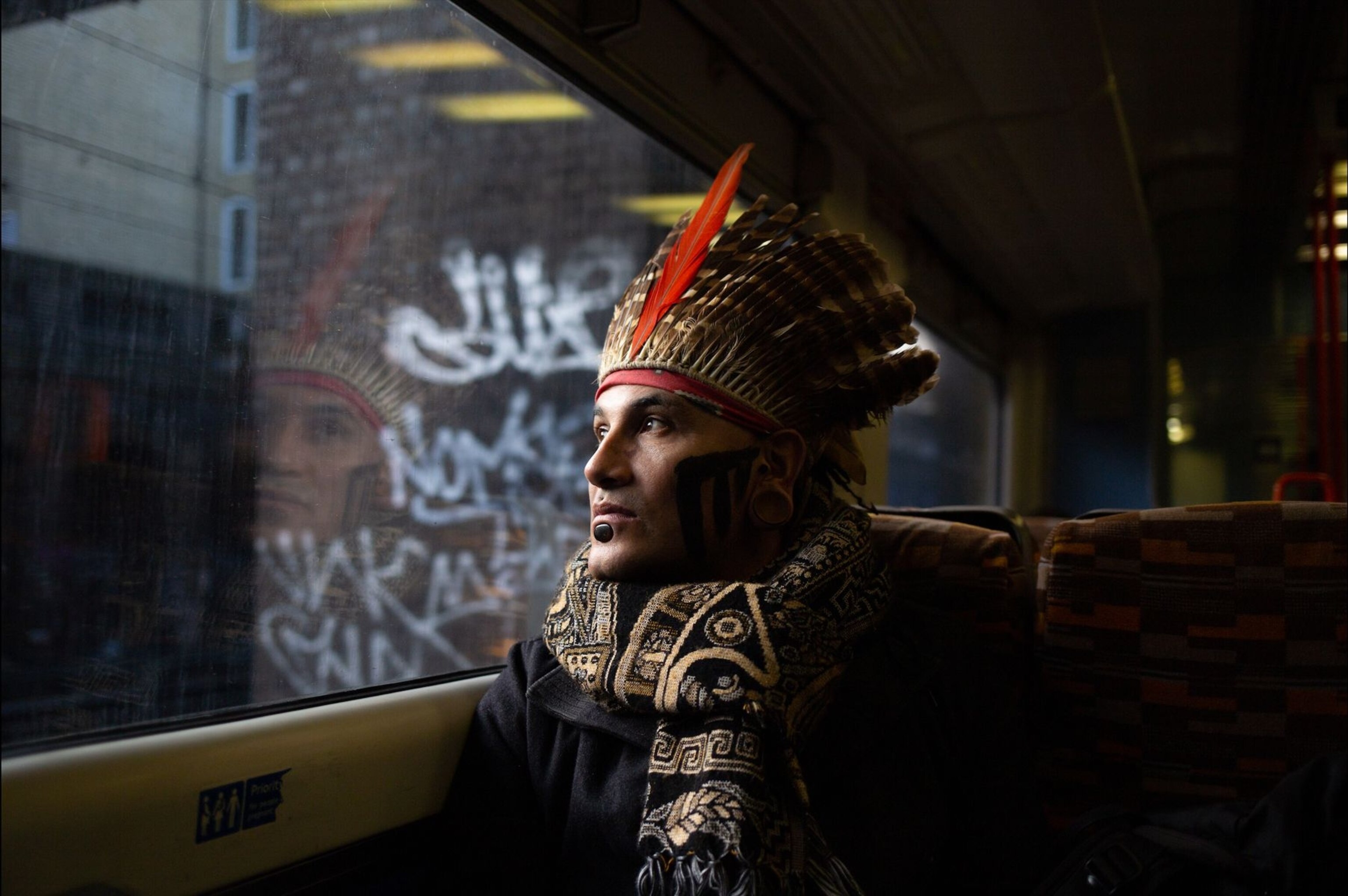
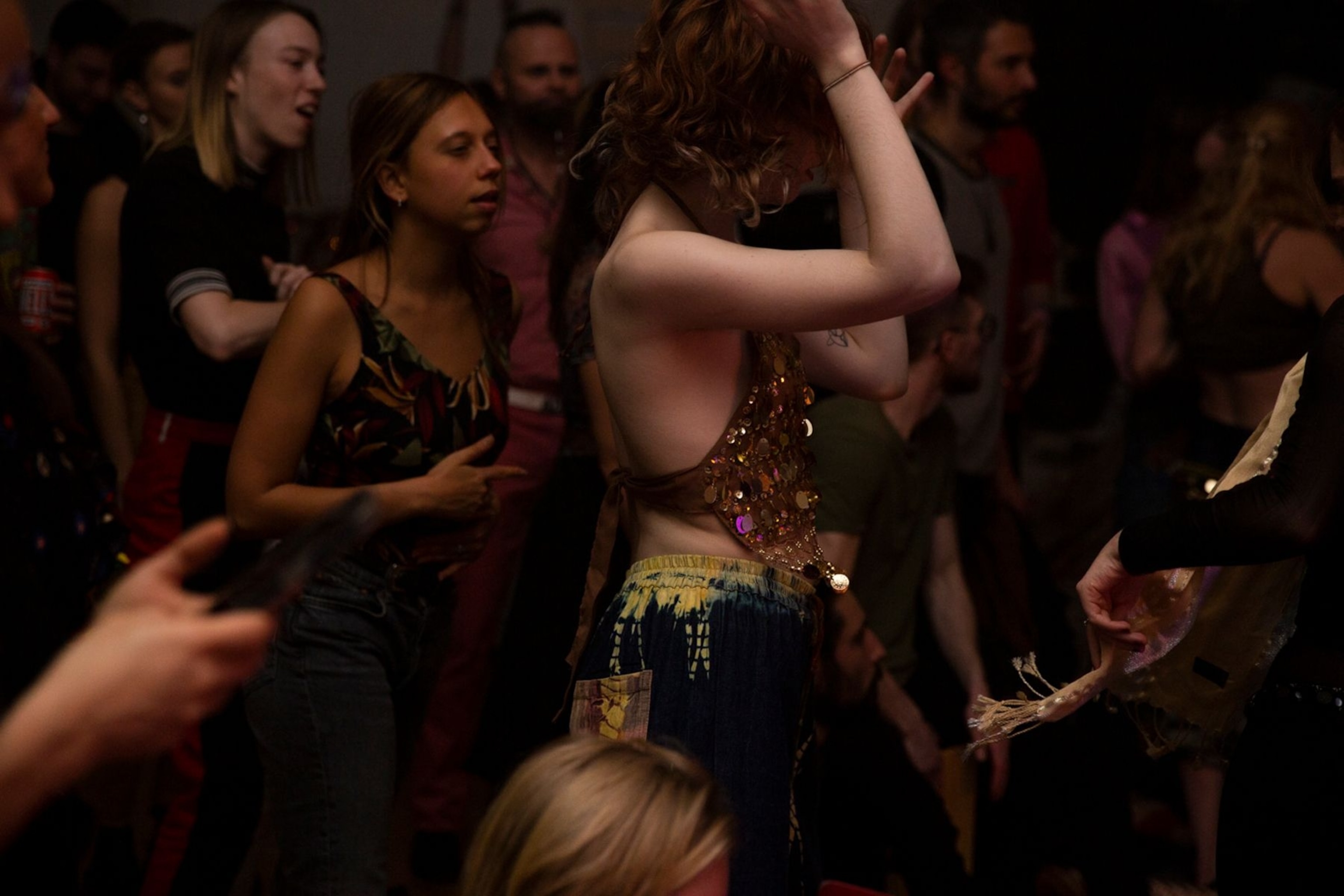
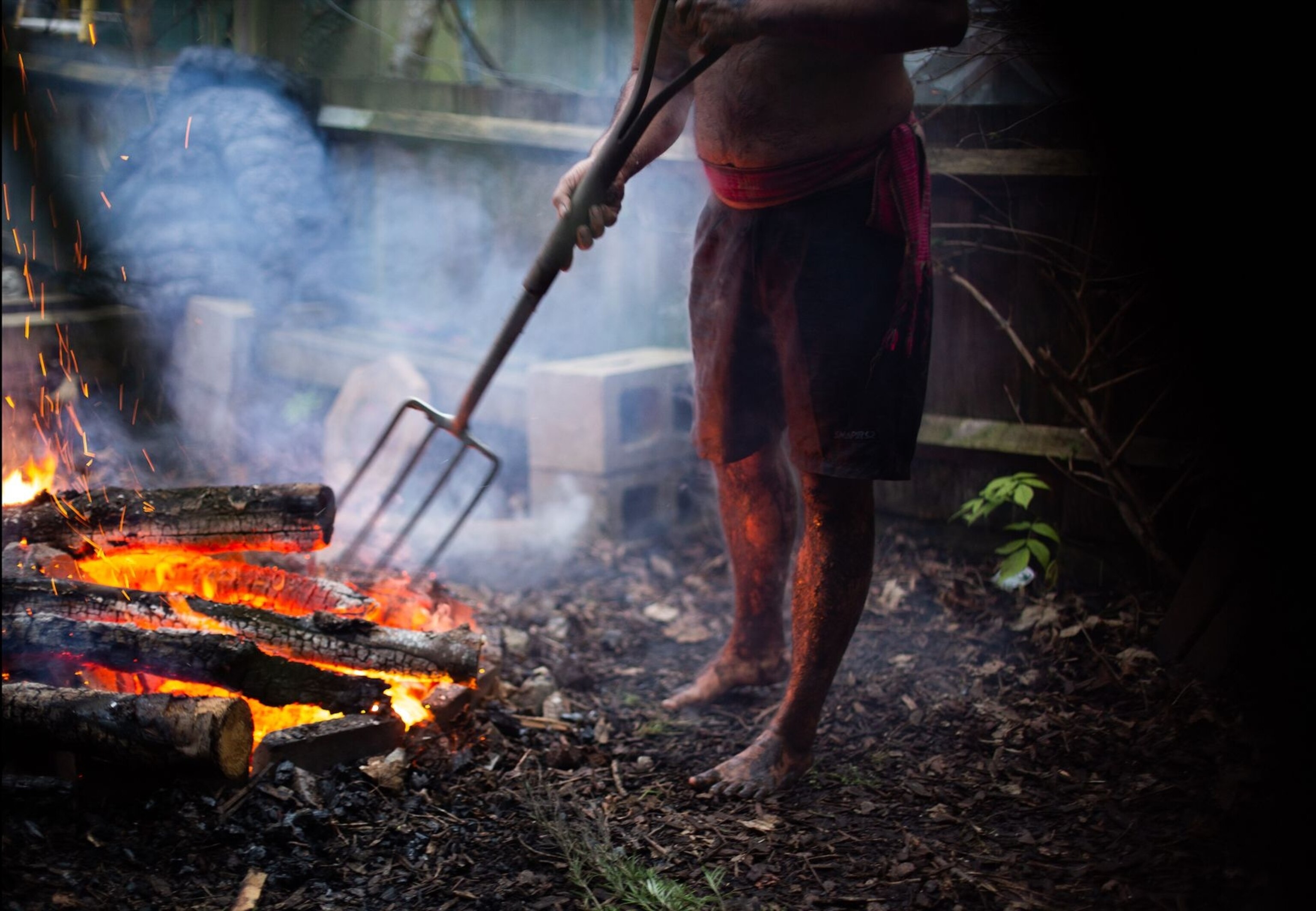
During the course of her photographic project, which she entitled Mystic London, Luongo found a diverse range of human subjects in many of these spaces. They were involved in intense ceremonies and psychedelic parties, sound immersions, traditional sweat baths, rituals, pilgrimages and chanting circles. Collectively a semi-clandestine network threaded through the capital, it emerged cathartically in disused ballet schools, squats, parks and residential gardens—a kind of spiritual counterpoint to illicit 90s raves.
The nature of London makes it a place where people look for communities – because although it offers so much, you can really feel lonely living there.Valeria Luongo
Then COVID-19 hit the capital hard. Suddenly, the search for answers beyond the inundating, data-driven headlines—and the sudden psychological reckoning of a health crisis medicine couldn’t solve—led more into the spaces Huitzomitl and those like him were holding, as people collectively grasped for control.
Mysticism amidst a metropolis
Luongo—an Italian-born, London-based documentary photographer with a background in anthropology—led years of academic research in Mexico. She originally conceived the project to explore “the contrast between urban life and the search for a connection to the natural and the mystic… how do these two elements coexist?” Though COVID-19 lockdowns through 2020 would make it so, her focus on London wasn’t purely logistical.
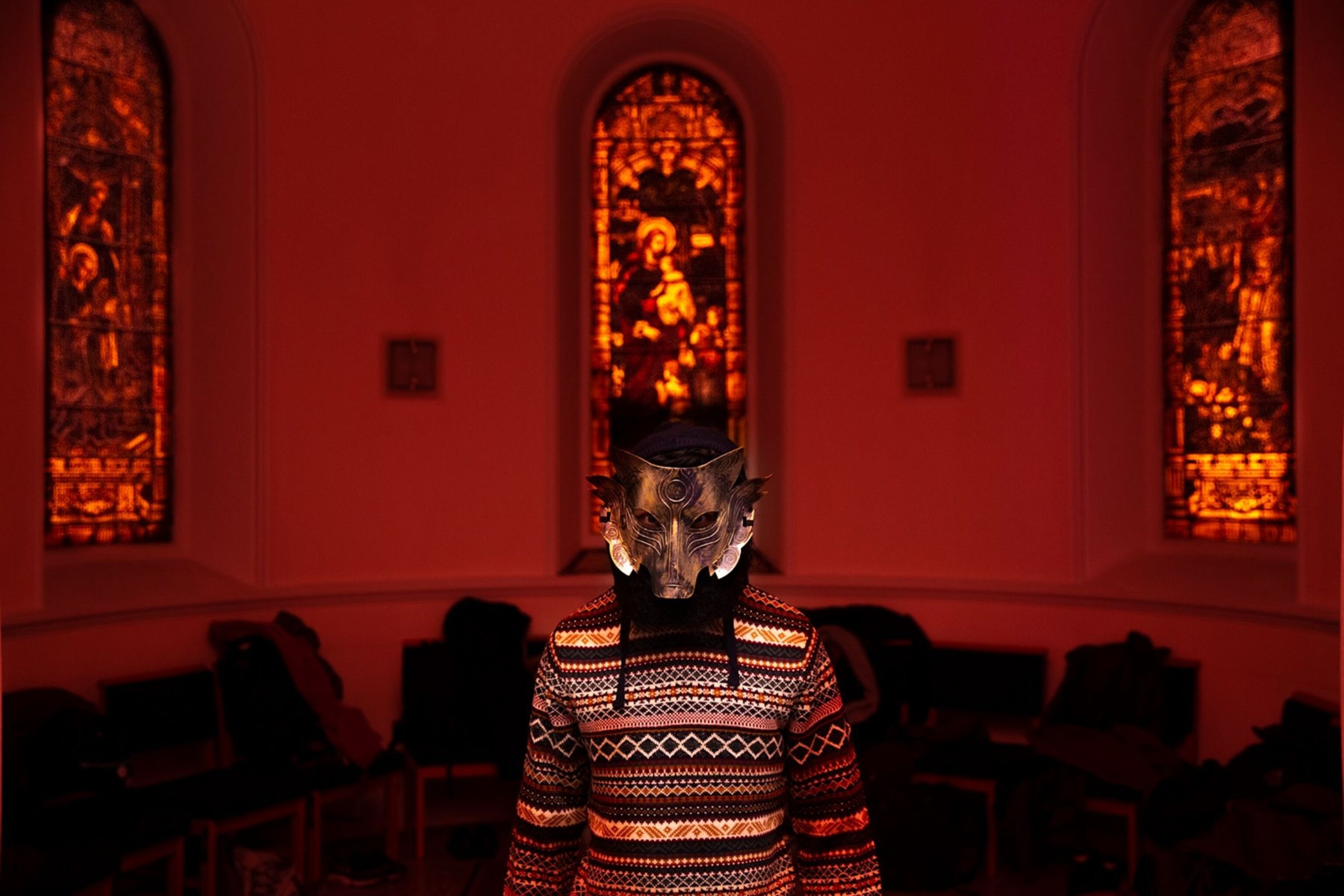

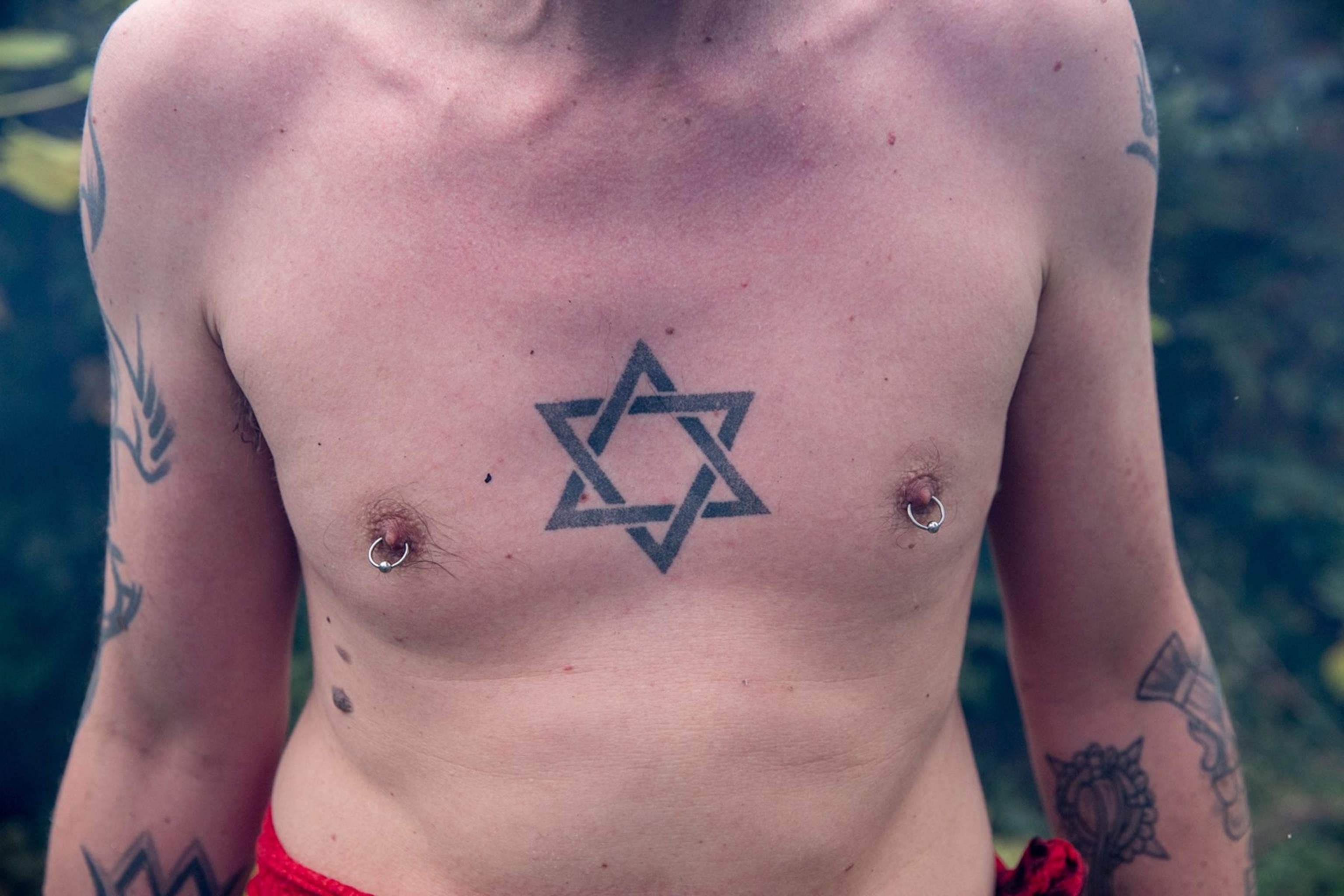
“Spirituality is a topic I investigate as a photographer,” she says. “At the beginning I was more interested in the traditional indigenous Mexican ceremonies taking place across the city... these drew my attention.” Luongo explains how she wanted to understand how symbolism and practices arising from a different cultural traditions were experienced in an environment like the city of London—and “why its residents would be interested in participating in these events”.
She later discovered that the web of spiritual happenings in the capital was much wider than she expected. Moreover, there were different kinds of devotees and dabblers who would take part in a mix of cultural traditions.
“The thing that connected them was this need to be part of a community,” she says. “The nature of London makes it a place where people look for communities—because although it offers so much, you can really feel lonely living there. So that’s what people are looking for. To be part of a group.”
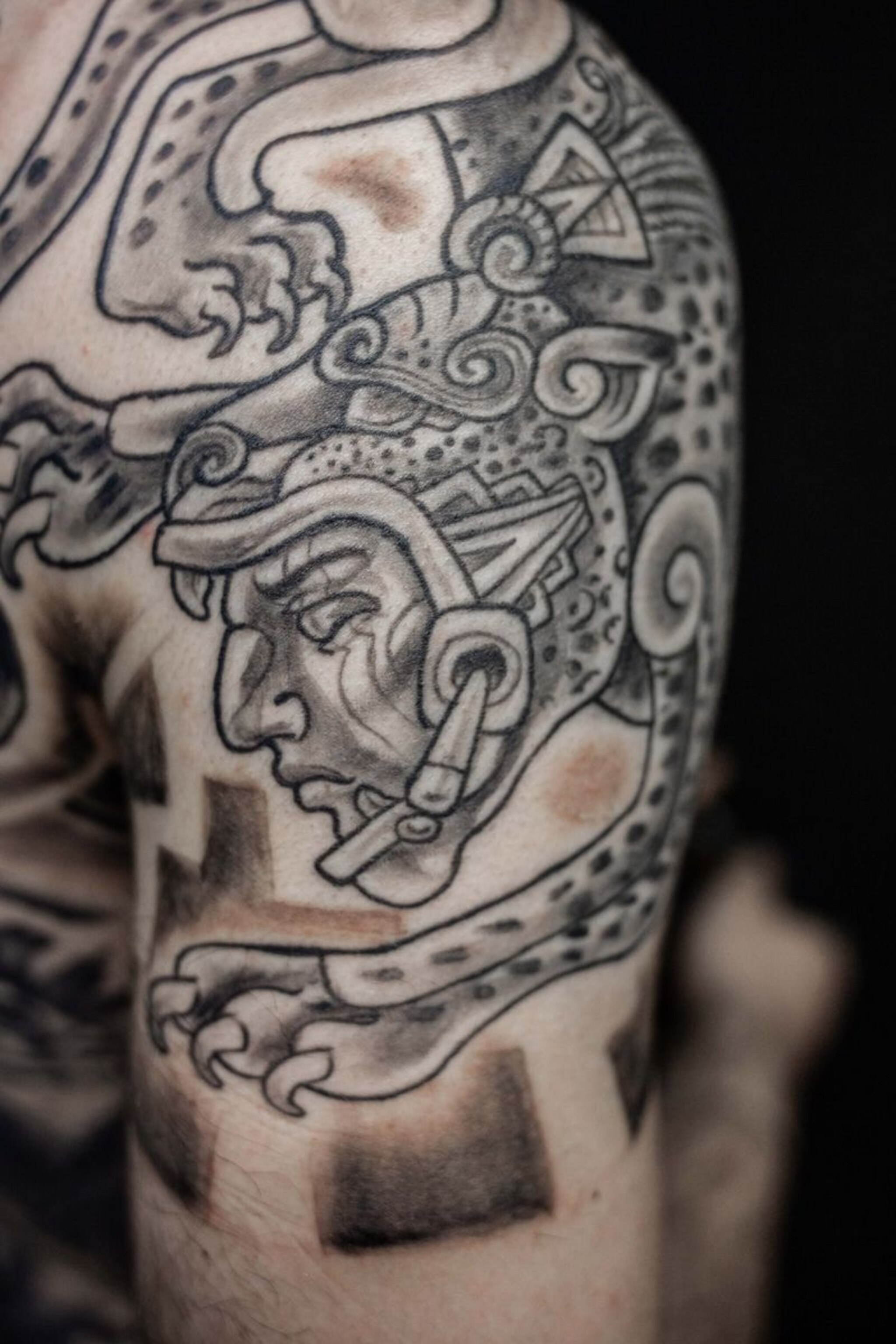
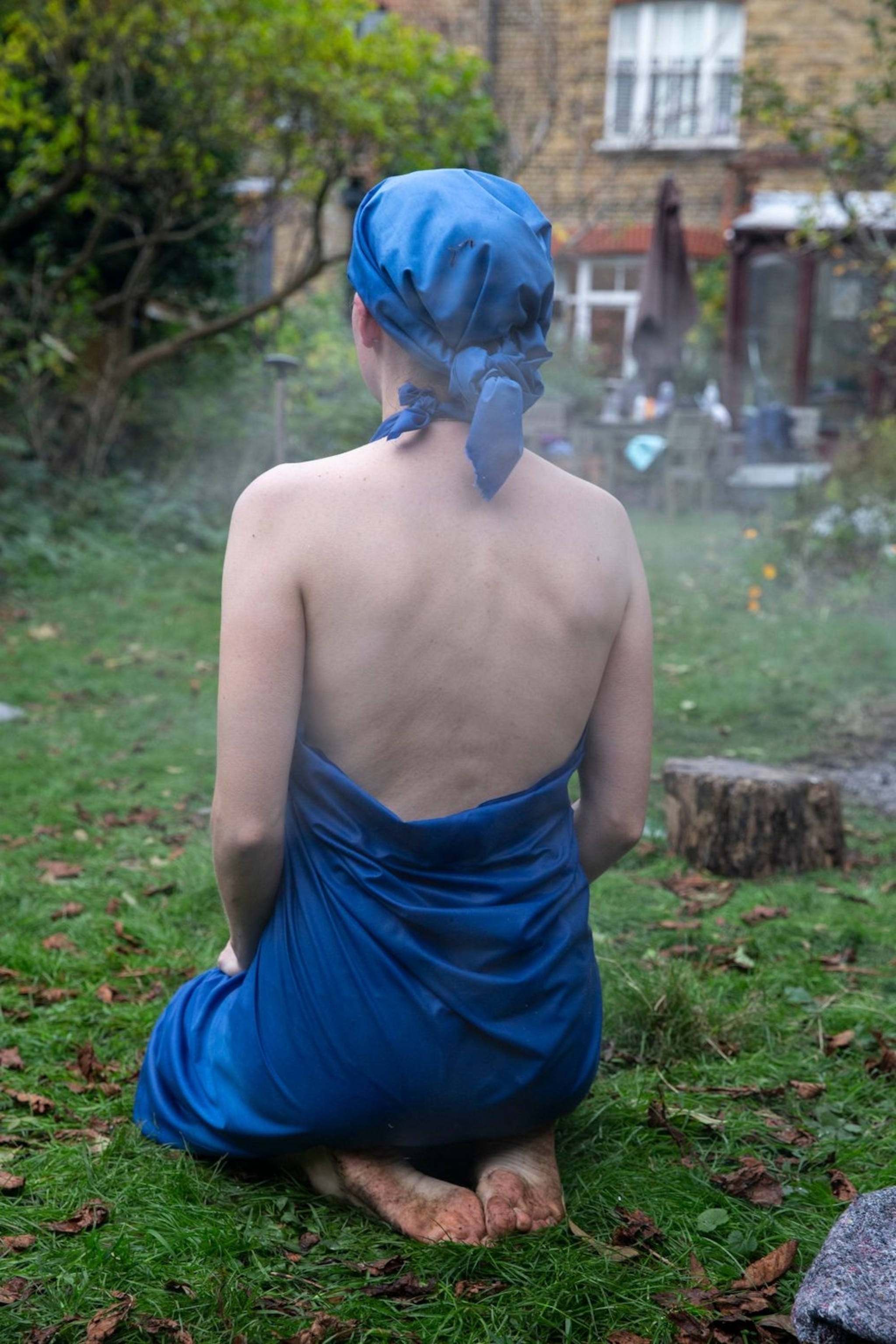
Ritual melting pot
What you might call alternative spirituality is the common thread they share—which, according to Kevan Kwok, an Australian entrepreneur, philosopher and event organiser who Luongo interviewed during her project, is a way for “people to feel something really different from their culture, and get outside their comfort zone.” Kwok says a ritual is a good way for people to have a spiritual “experience” – something he says can happen anywhere and is defined simply as “when it feels real, when the ego is put aside and you feel connected to others and nature”.
Described as such, it’s not hard to appreciate why these experiences cascade through so many different cultural practises. Luongo witnessed amongst others Balinese and Amazonian rituals and traditions, as well as Indu and British pagan events—or elements of all, blended.
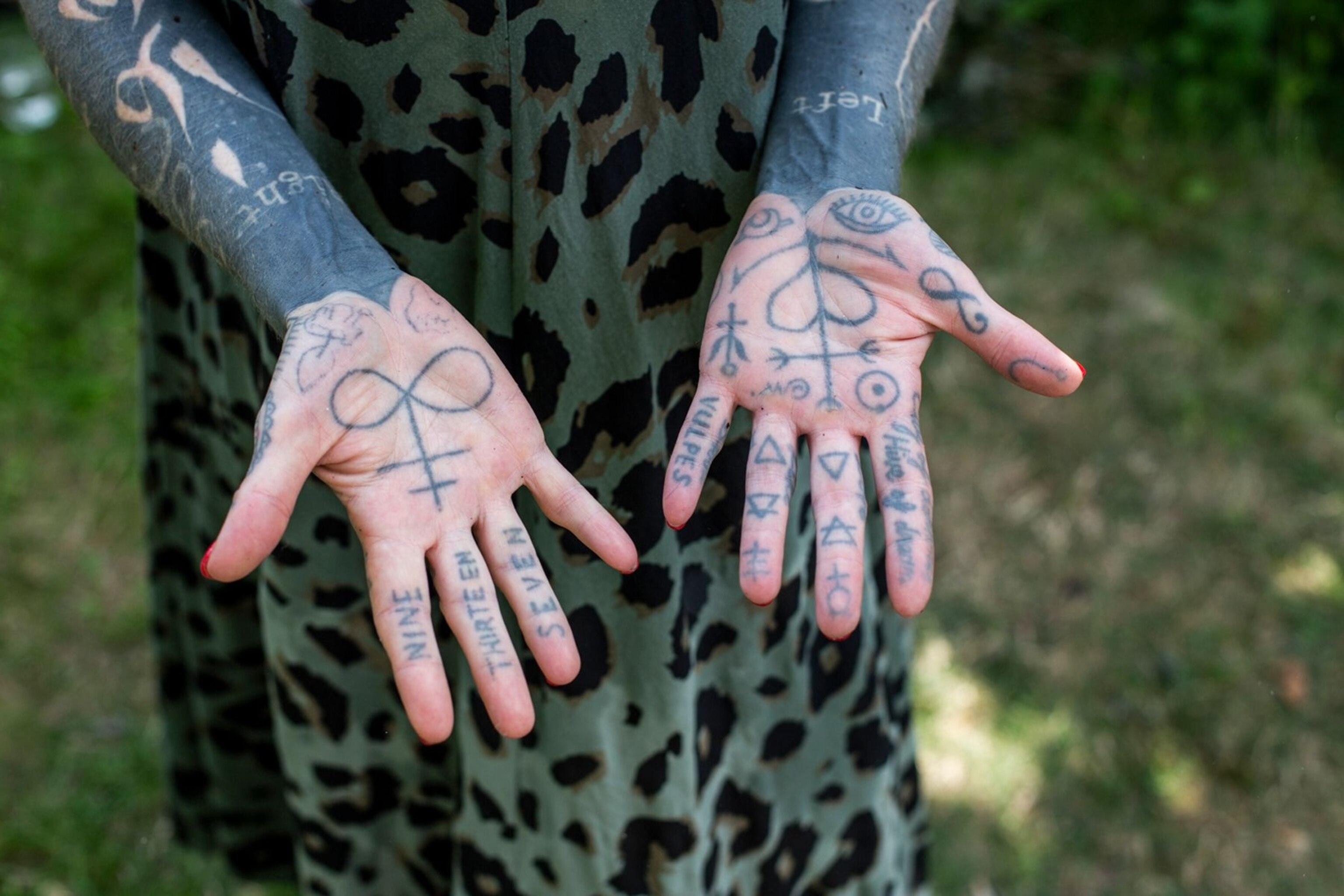
“Many participants might see similarities between British pagan rituals and other native traditions from around the world—they take the different symbols and put them together.” And the Capital’s sheer number of communities weren’t just the cause: they were the glue.
Huitzomitl, who has lived for many years between U.K. and the U.S., describes the British spiritual scene as more cohesive than the American one. “In some U.S. cities the society is more segregated so you wouldn’t go to an event organised by another cultural community. I feel there's more integration here”, he says.
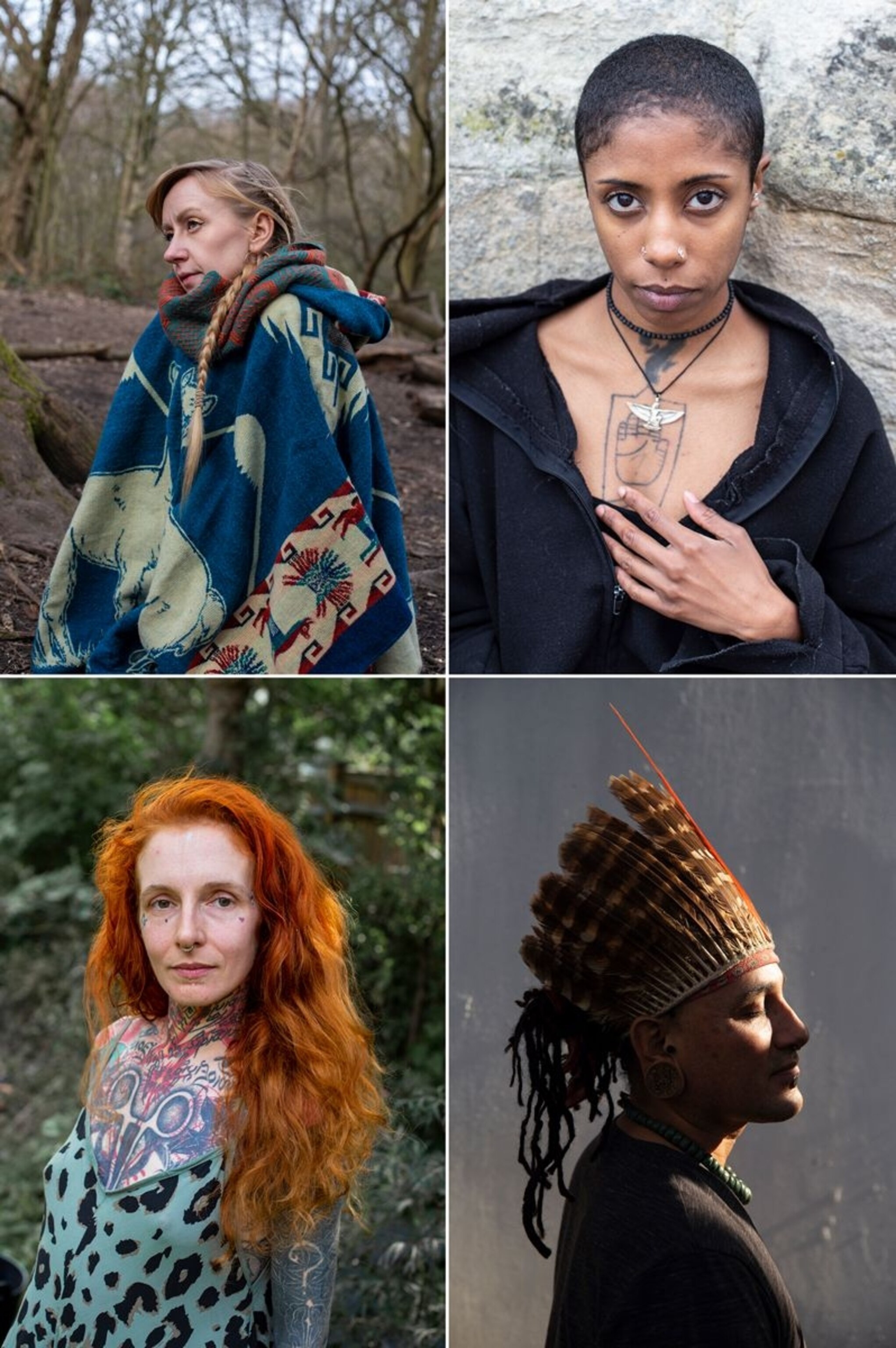
As for the people who are attending these events, Luongo recognized distinct subcommunities amongst those she encountered—from those already living alternative lifestyles such as squatters, old school hippies and backpackers, to enthusiasts of nature, astrology, the supernatural or magic, of traditional medicines, wellbeing and psychedelics—and some from the corporate world looking for a break from a rat-race routine.
“Not all these people are strong believers,” says Luongo. “You would meet those who are more like ‘party people’ who would go to these events.” According to Kwok, the events themselves are “word-of-mouth… you need to know someone if you want to get involved”—not secretive, but not exactly out in the open.
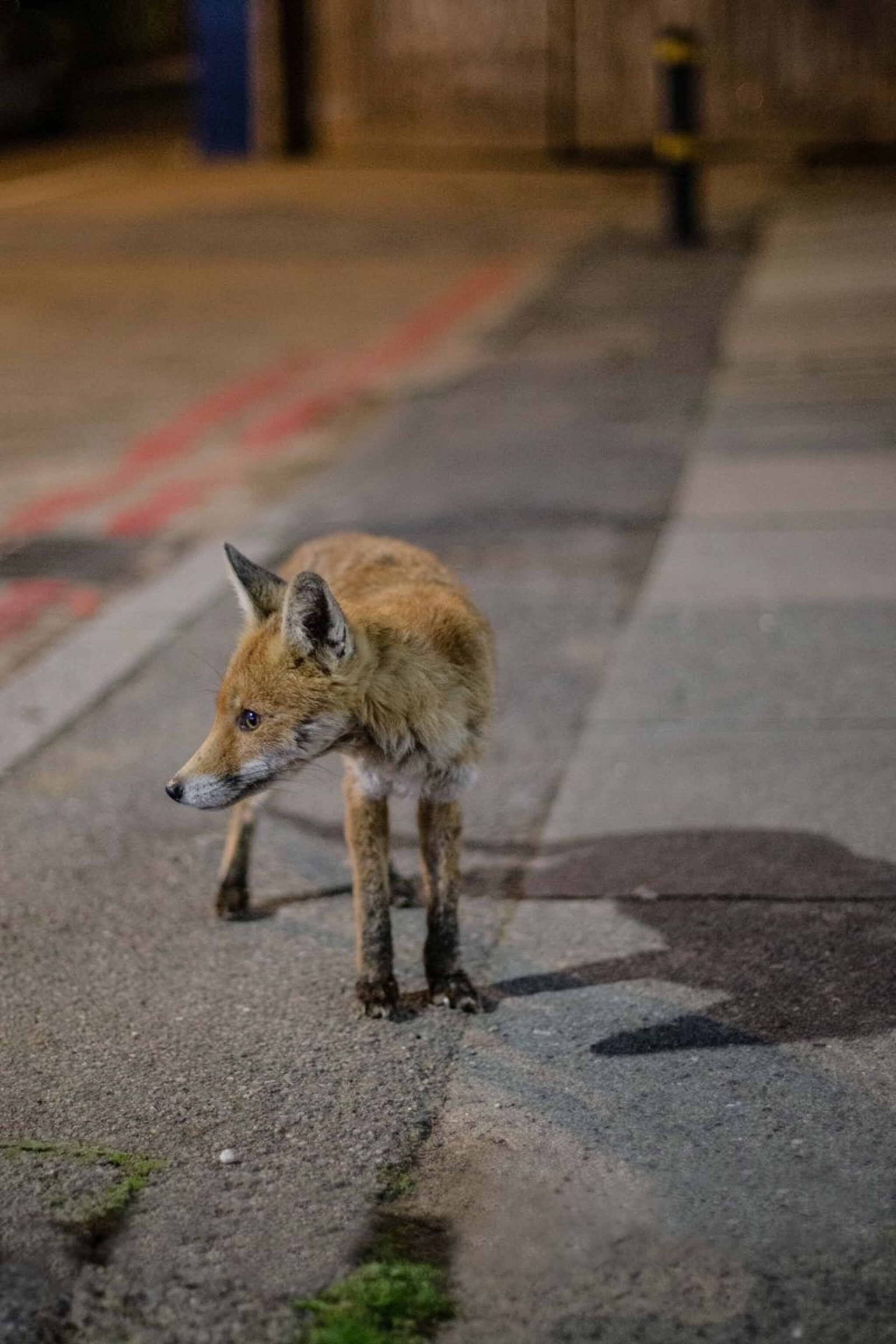
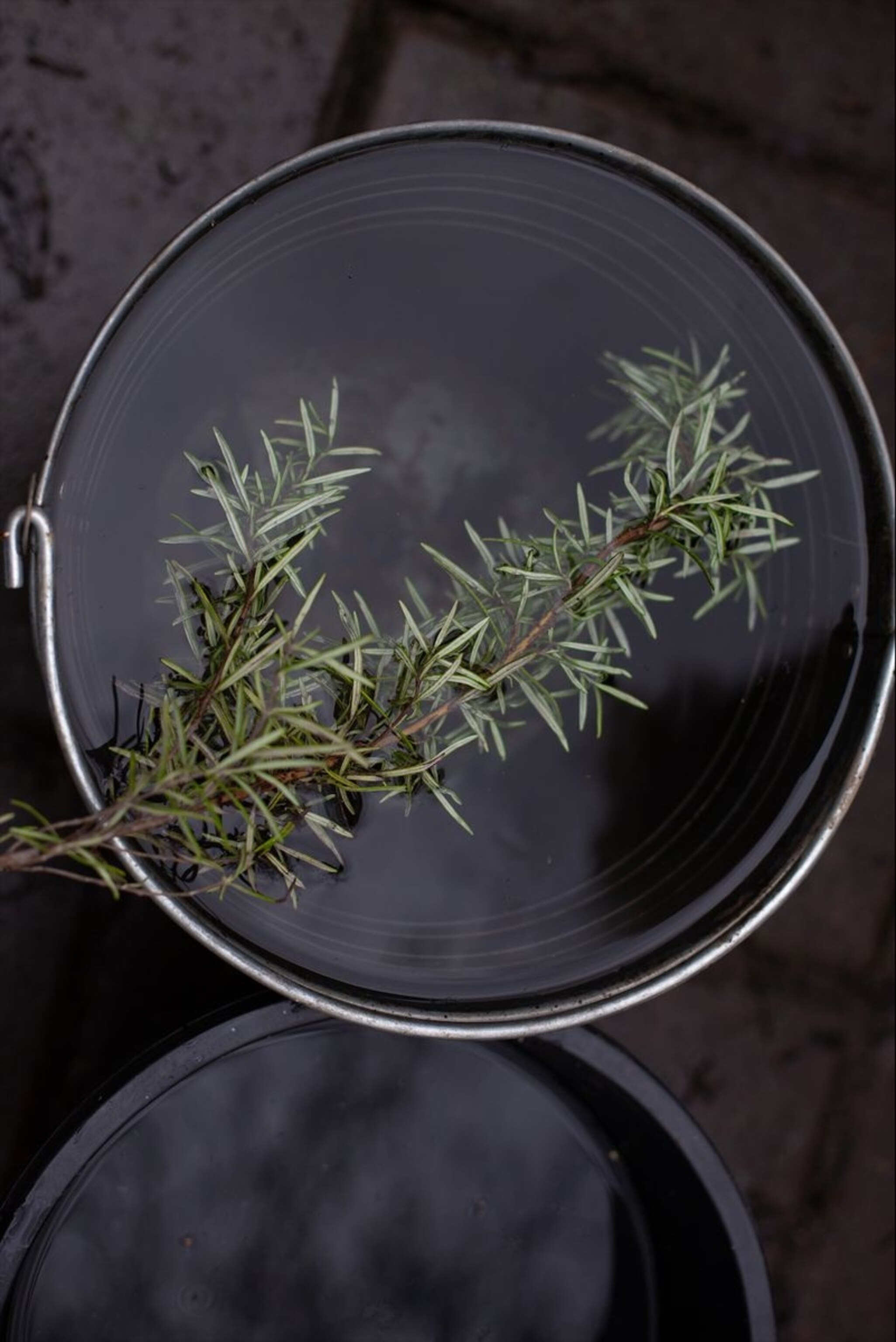
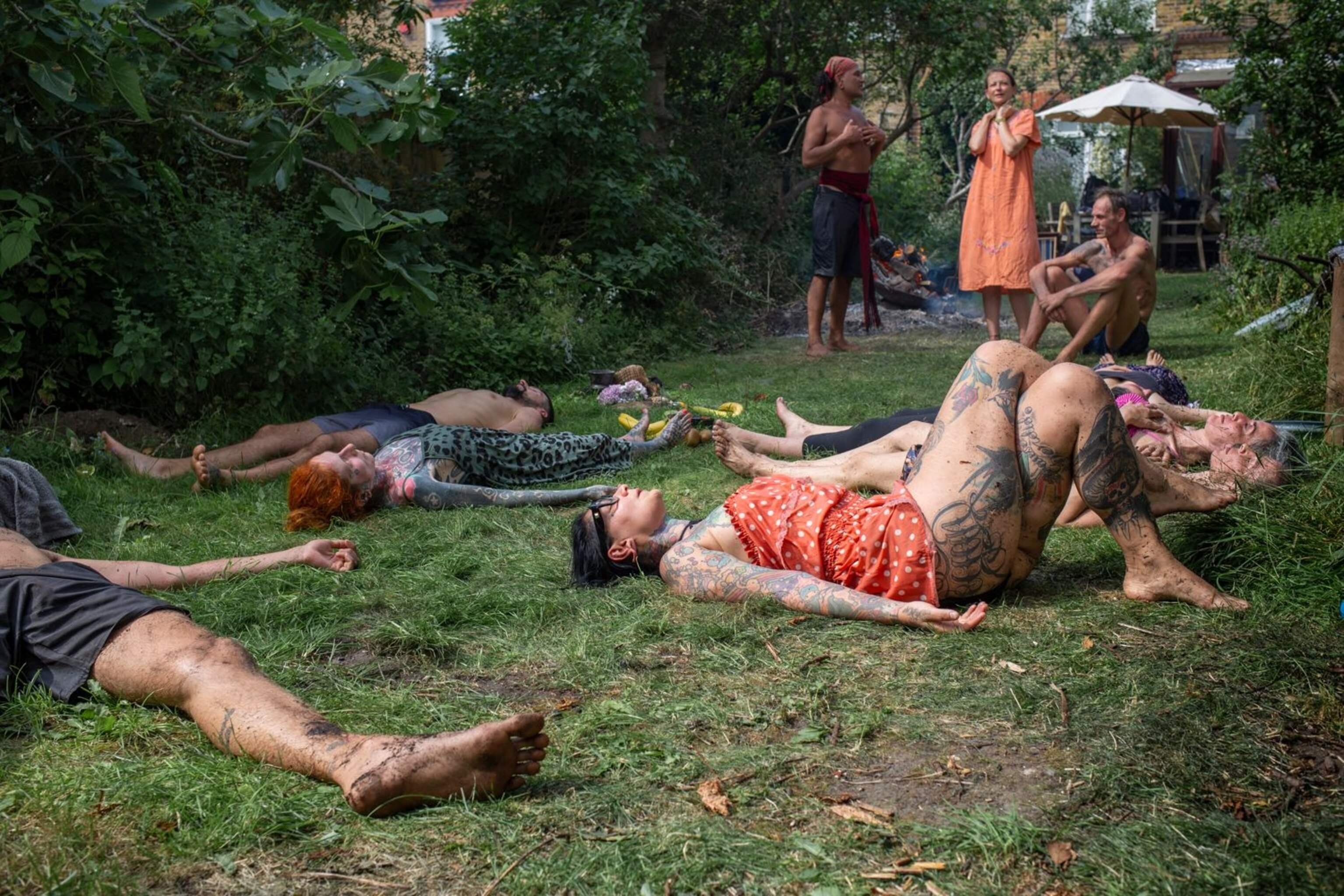
Finding a connection
The pandemic brought with it a renewed emphasis on the need for a community— and at times restrictions went against the cathartic, close-knit flow of the events themselves. While Luongo says she definitely met “opinionated” people who were against government measures, she saw “that there was even more engagement from the people, because of being isolated, living through this kind of existential crisis, people wanted even more to create through, and connect with, people.
(Related: For young people, two defining events: COVID-19 and climate change)
For Luongo, who had been living in London for a few months before beginning her exploration of its more mystic side, it enabled her to get to know her adopted city in a way she couldn’t have predicted.
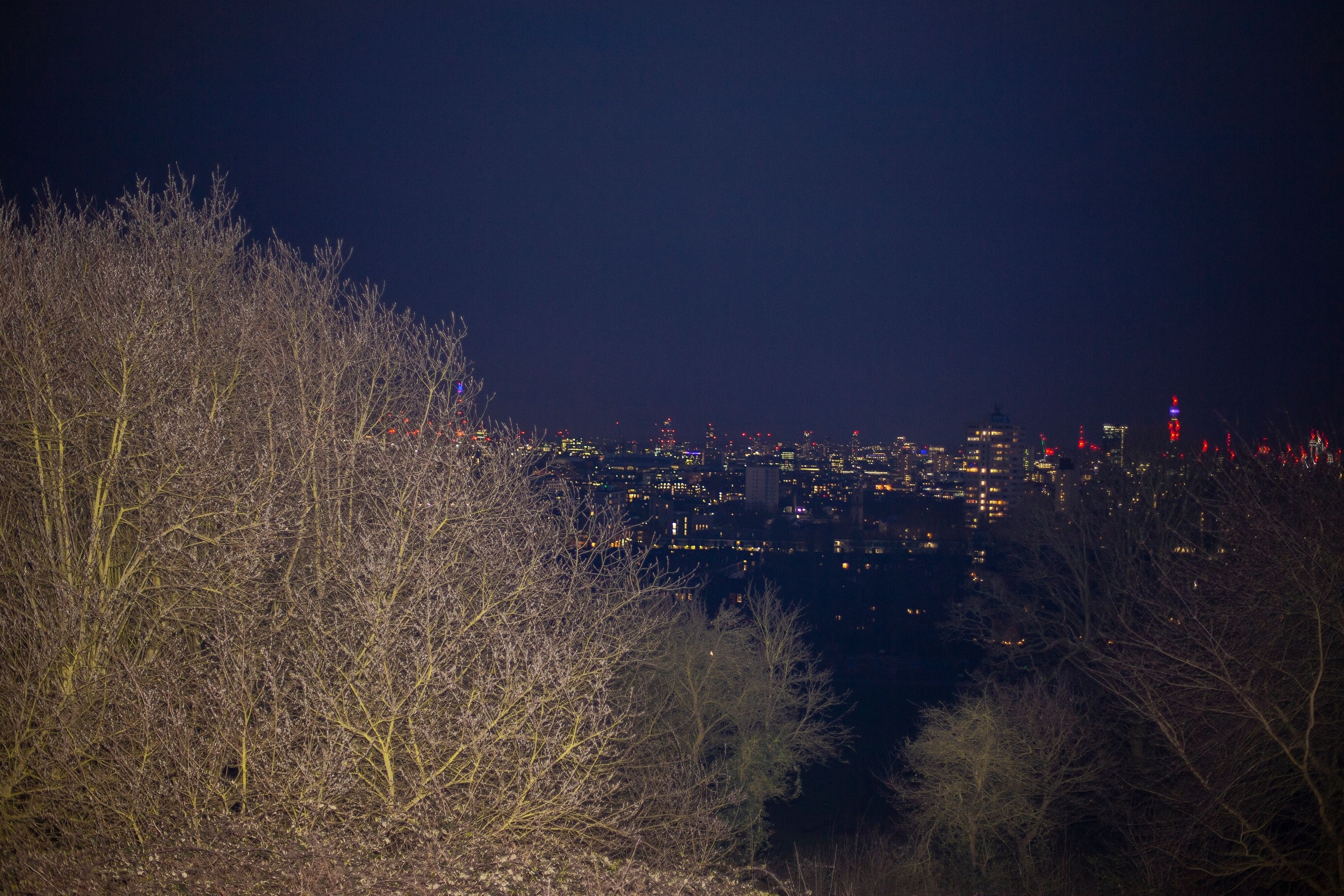
“I started exploring areas that I’d never been to, or never would have gone in any case. My knowledge of London became wider. But also my sense of how cosmopolitan it is, how you can find everything.”
(Related: How London became the center of the world.)
During her project the photographer asked Huitzomitl what he sees as the driving force behind the engagement in the spaces he holds. “People in the city need more than anyone else to be spiritual because they are alienated,” he told her. “As human beings, we always need to feel we are part of a community; when they participate in ceremonies, they find it.”
This story was adapted from the National Geographic U.K. website.


